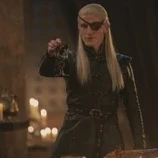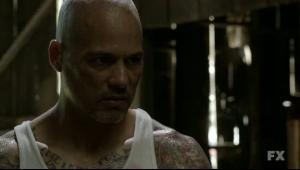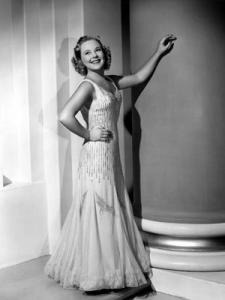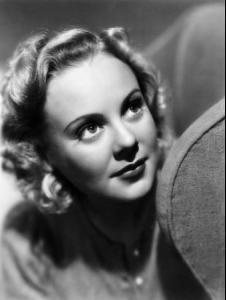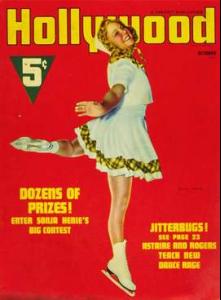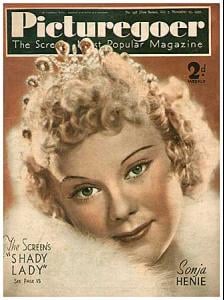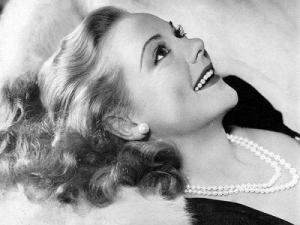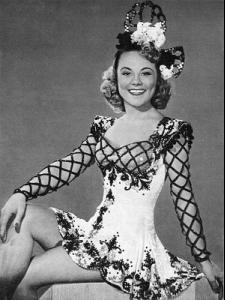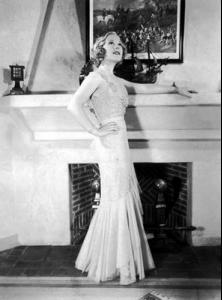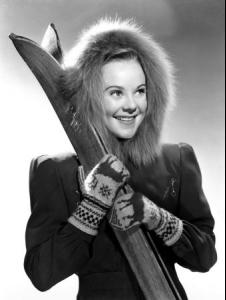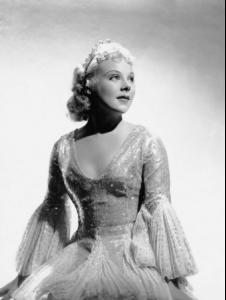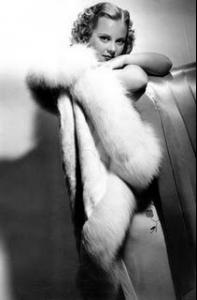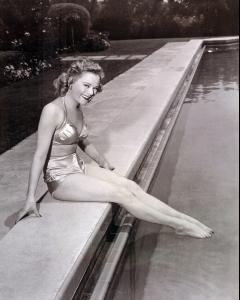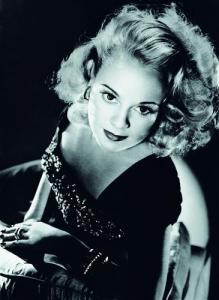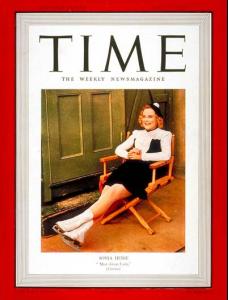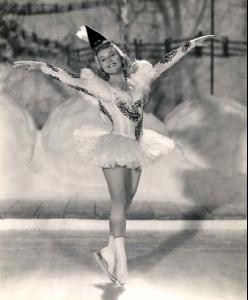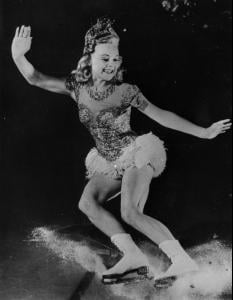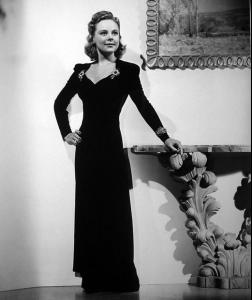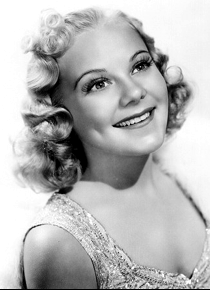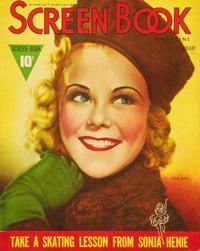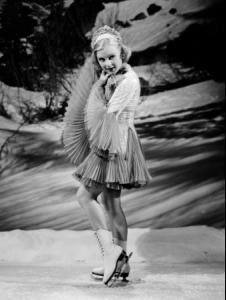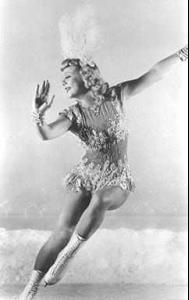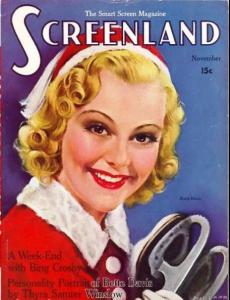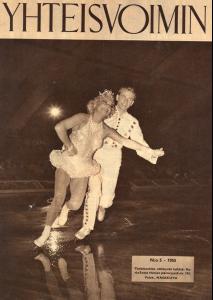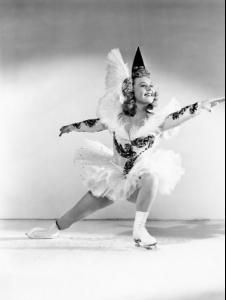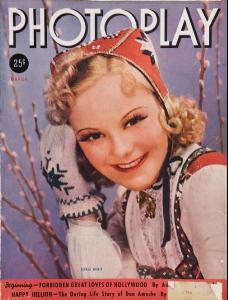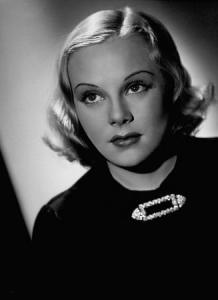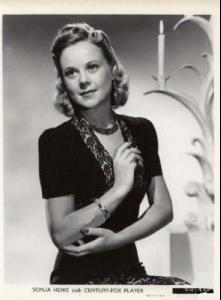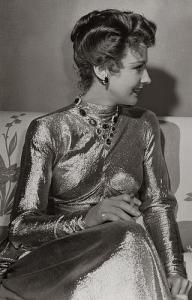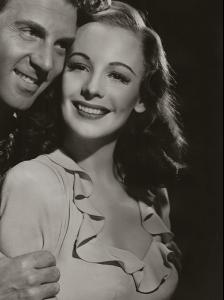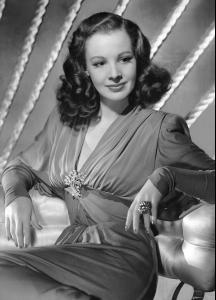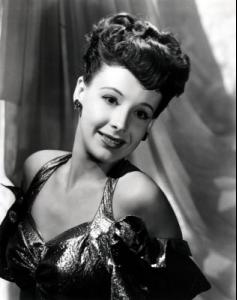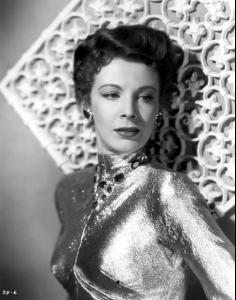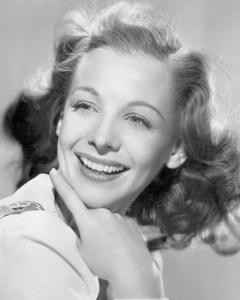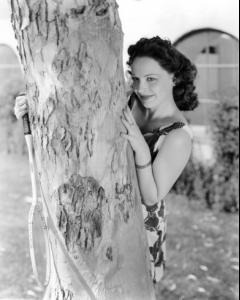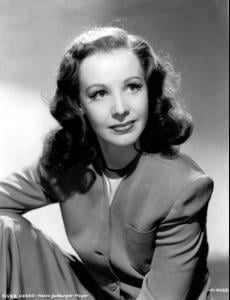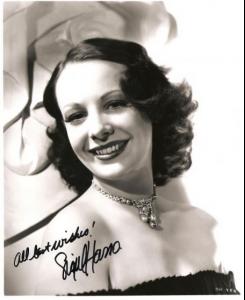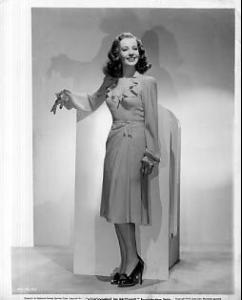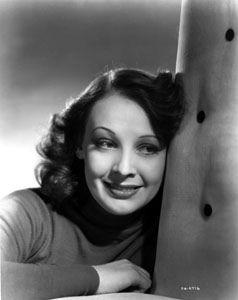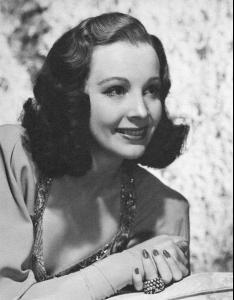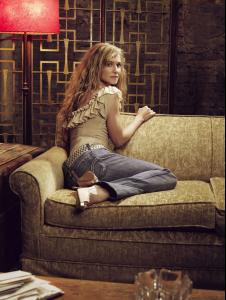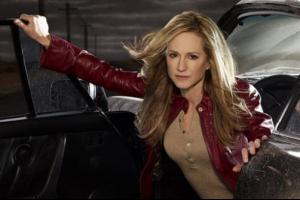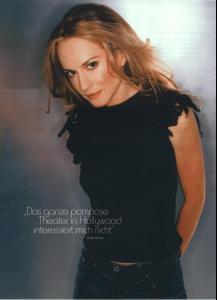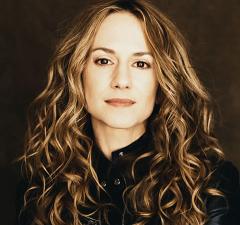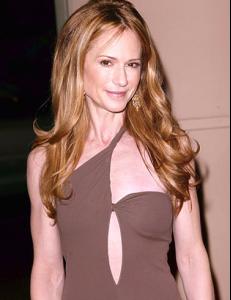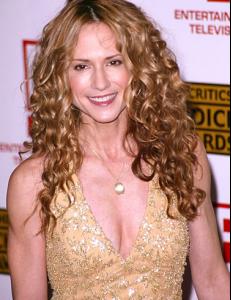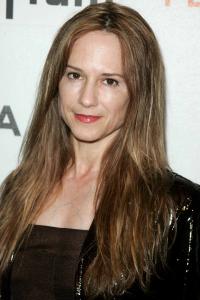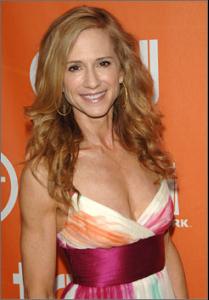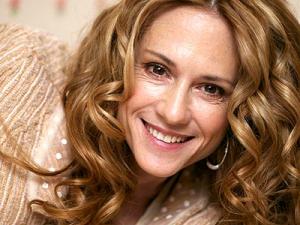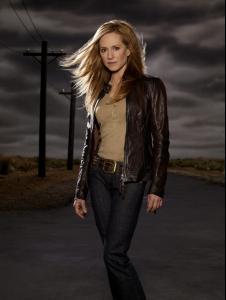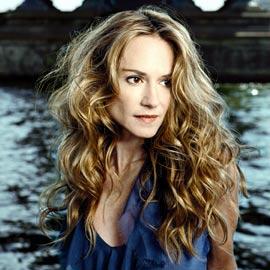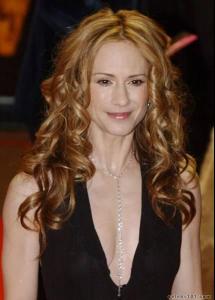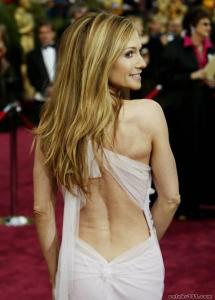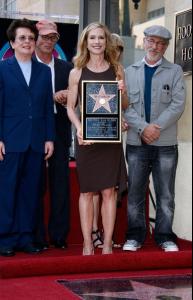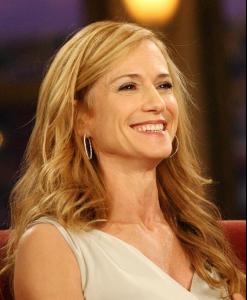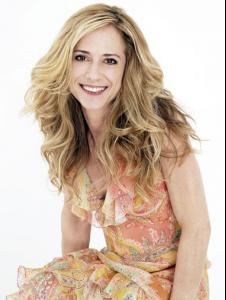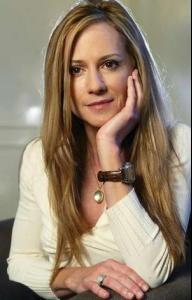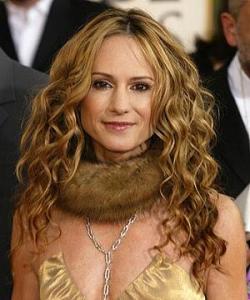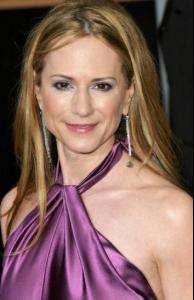
Everything posted by COP11
- Last movie you saw...
-
GUESS THE MOVIE POSTER!
Don't feel bad. I have seen all of the Ilsa films
-
The Best Magazine Cover
Lara Gong Alessandra Myrthe Vanity Fair
-
Best of Advertisement Images.
2
-
The New Faces Competition
Patricia x3
-
Michea Crawford
When does the Gilda spread come out? That is going to be gorgeous
-
David Labrava
- The Most Beautiful Eastern Asia Woman
Chiaki x3- Actresses competition
Natalie Lips: 3 Smile: 4 Hair: 4 Eyes: 5 Nose:4 Body:3 Jennifer Lips:4 Smile: 5 Hair: 5 Eyes: 5 Nose:4 Body:4- Continent's choice
- Versus "Themes"
Vogue Germany x3- Best of Editorial Images.
1- Battle Of The Ethnic/Mixed Models
5- The most elegant woman
6 10 7 6 6 6 overall 6.8- Actresses competition
Lips: 3 Smile: 5 Hair: 5 Eyes: 5 Nose: 4 Body: 4- Continent's choice
- Sonja Henie
- Sonja Henie
- Sonja Henie
- Sonja Henie
Sonja Henie (April 8, 1912 – October 12, 1969) was a Norwegian figure skater and film star. She was a three-time Olympic Champion (1928, 1932, 1936) in Ladies Singles, a ten-time World Champion (1927–1936) and a six-time European Champion (1931–1936). Henie won more Olympic and World titles than any other ladies figure skater. At the height of her acting career she was one of the highest paid stars in Hollywood. Biography Early life Sonja Henie was born in Kristiania, current Oslo, the only daughter of Wilhelm Henie, a prosperous Norwegian furrier and his wife Selma Lochmann-Nielsen (1888–1961). In addition to the income from the fur business, both of Henie's parents had inherited wealth. Wilhelm Henie had been a one-time World Cycling Champion and the Henie children were encouraged to take up a variety of sports at a young age. Henie initially showed talent at skiing, and then followed her older brother Leif to take up figure skating. As a girl, Henie was also a nationally ranked tennis player and a skilled swimmer and equestrienne. Once Henie began serious training as a figure skater, her formal schooling ended. She was educated by tutors, and her father hired the best experts in the world, including the famous Russian ballerina Tamara Karsavina, to transform his daughter into a sporting celebrity. Competitive career Henie won her first major competition, the senior Norwegian championships, at the age of 9. She then placed eighth in a field of eight at the 1924 Winter Olympics, at the age of eleven. During the 1924 program, she skated over to the side of the rink several times to ask her coach for directions. But by the next Olympiad, she needed no such assistance. Henie won the first of an unprecedented ten consecutive World Figure Skating Championships in 1927 at the age of fourteen. The results of 1927 World Championships, where Henie won in 3-2 decision (or 7 vs. 8 ordinal points) over the defending Olympic and World Champion Herma Szabo of Austria, was controversial, as all three of five judges that gave Henie first-place ordinals were Norwegian (1 + 1 + 1 + 2 + 2 = 7 points) while Szabo received first-place ordinals from an Austrian and a German Judge (1 + 1 + 2 + 2 + 2 = 8 points). Henie went on to win first of her three Olympic gold medals the following year. She defended her Olympic titles in 1932 and in 1936, and her World titles annually until 1936. She also won six consecutive European championships from 1931 to 1936. Henie's unprecedented three Olympic gold medals haven't been matched by any ladies skater since; neither are her achievements as ten-time consecutive World Champion. While Irina Slutskaya of Russia won her seventh European Championship in 2006 to become the most successful ladies skater in European Championships, Henie retains record of most consecutive titles, sharing it with Katarina Witt of Eastern Germany/Germany (1983–1988). Towards the end of her career, she began to be strongly challenged by younger skaters including Cecilia Colledge, Megan Taylor, and Hedy Stenuf. However, she held off these competitors and went on to win her third Olympic title at the 1936 Winter Olympics, albeit in very controversial circumstances with Cecilia Colledge finishing a very close second. Indeed, after the school figures section at the 1936 Olympic competition, Colledge and Henie were virtually neck and neck with Colledge trailing by just a few points. As Sandra Stevenson recounted in her article in The Independent of the 21st April 2008, "the closeness [of the competition] infuriated Henie, who, when the result for that section was posted on a wall in the competitors' lounge, swiped the piece of paper and tore it into little pieces. The draw for the free skating [then] came under suspicion after Henie landed the plum position of skating last, while Colledge had to perform second of the 26 competitors. The early start was seen as a disadvantage, with the audience not yet whipped into a clapping frenzy and the judges known to become freer with their higher marks as the event proceeded. Years later, a fairer, staggered draw was adopted to counteract this situation". During her competitive career, Henie traveled widely and worked with a variety of foreign coaches. At home in Oslo, she trained at Frogner Stadium, where her coaches included Hjordis Olsen and Oscar Holte. During the latter part of her competitive career she was coached primarily by the American Howard Nicholson in London. In addition to traveling to train and compete, she was much in demand as a performer at figure skating exhibitions in both Europe and North America. Henie became so popular with the public that police had to be called out for crowd control on her appearances in various disparate cities such as Prague and New York City. It was an open secret that, in spite of the strict amateurism requirements of the time, Wilhelm Henie demanded "expense money" for his daughter's skating appearances. Both of Henie's parents had given up their own pursuits in Norway—leaving Leif to run the fur business—in order to accompany Sonja on her travels and act as her managers. Henie is credited with being the first figure skater to adopt the short skirt costume in figure skating, wear white boots, and make use of dance choreography. Her innovative skating techniques and glamorous demeanor transformed the sport permanently and confirmed its acceptance as a legitimate sport in the Winter Olympics. Professional and film career After the 1936 World Figure Skating Championships, Henie gave up her amateur status and took up a career as a professional performer in acting and live shows. While still a girl, Henie had decided that she wanted to move to Hollywood and become a movie star when her competitive days were over, without considering that her thick accent might hinder her acting ambitions. In 1936, following a successful ice show in Los Angeles orchestrated by her father to launch her film career, Hollywood studio chief Darryl Zanuck signed her to a long term contract at Twentieth Century Fox which made her one of the highest-paid actresses of the time. After the success of her first film, One in a Million, Henie's position was assured and she became increasingly demanding in her business dealings with Zanuck. Henie also insisted on having total control of the skating numbers in her films such as Second Fiddle (1939). In addition to her film career at Fox, Henie formed a business arrangement with Arthur Wirtz, who produced her touring ice shows under the name of "Hollywood Ice Revue". Wirtz also acted as Henie's financial advisor. At the time, figure skating and ice shows were not yet an established form of entertainment in the United States. Henie's popularity as a film actress attracted many new fans and instituted skating shows as a popular new entertainment. Throughout the 1940s, Henie and Wirtz produced lavish musical ice skating extravaganzas at Rockefeller Center's Center Theatre attracting millions of ticket buyers. At the height of her fame, her shows and touring activities brought Henie as much as $2 million per year. She also had numerous lucrative endorsement contracts, and deals to market skates, clothing, jewelry, dolls, and other merchandise branded with her name. These activities made her one of the wealthiest women in the world in her time. Henie broke off her arrangement with Wirtz in 1950 and for the next three seasons produced her own tours under the name "Sonja Henie Ice Revue". It was an ill-advised decision to set herself up in competition with Wirtz, whose shows now featured the new Olympic champion Barbara Ann Scott. Since Wirtz controlled the best arenas and dates, Henie was left playing smaller venues and markets already saturated by other touring ice shows such as Ice Capades. The collapse of a section of bleachers during a show in Baltimore, Maryland in 1952 compounded the tour's legal and financial woes. In 1953 Henie formed a new partnership with Morris Chalfen to appear in his European Holiday On Ice tour. This was a great success. She produced her own show at New York's Roxy Theatre in January 1956. However, a subsequent South American tour in 1956 was a disaster. Henie was drinking heavily at that time and could no longer keep up with the demands of touring, and this marked her retirement from skating. In 1938, she published her autobiography Mitt livs eventyr which has translated and released as Wings on My Feet in 1940, which was republished in a revised edition in 1954. At the time of her death, Henie was planning a comeback for a television special that would have aired in January 1970. Nazi controversy Henie's connections with Adolf Hitler and other high-ranking Nazi officials made her the subject of controversy before, during, and after World War II. During her amateur skating career, she performed often in Germany and was a favorite of German audiences as well as of Hitler personally. As a wealthy celebrity, she moved in the same social circles as royalty and heads of state and made Hitler's acquaintance as a matter of course. Controversy appeared first when Henie greeted Hitler with a Nazi salute during an exhibition in Berlin some time prior to the 1936 Winter Olympics; she was strongly denounced by the Norwegian press. She did not repeat the salute at the Olympics in Garmisch-Partenkirchen, but after the Games she accepted an invitation to lunch with Hitler at his resort home in nearby Berchtesgaden, where Hitler presented Henie with an autographed photo with a lengthy inscription. After beginning her film career, Henie kept up her Nazi connections, for example personally arranging with Joseph Goebbels for the release of her first film, One in a Million, in Germany. During the occupation of Norway by Nazi Germany, German troops saw Hitler's autographed photo prominently displayed in the Henie family home. As a result, none of Henie's properties in Norway were confiscated or damaged by the Germans. Henie became a naturalized citizen of the United States in 1941. Like many Hollywood stars, she supported the U.S. war effort through USO and similar activities, but she was careful to avoid supporting the Norwegian resistance movement, or making public statements against the Nazis. For this, she was condemned by many Norwegians and Norwegian-Americans. After the war, Henie was mindful that many of her countrymen considered her to be a Quisling. However, she made a triumphant return to Norway with the Holiday on Ice tour in 1953 and 1955. Personal life Henie was married three times, to Dan Topping (1912–1974), Winthrop Gardiner Jr.(1912–1980), and the wealthy Norwegian shipping magnate and art patron, Niels Onstad (1909–1978). After her retirement in 1956, Henie and Onstad settled in Oslo and accumulated a large collection of modern art that formed the basis for the Henie-Onstad Art Centre at Høvikodden in Bærum near Oslo. In addition to her marriages, Henie had a variety of love interests, including her skating partners Jack Dunn and Stewart Reburn, celebrated boxing legend Joe Louis, a much-publicized affair with Tyrone Power, and a later romance with actor Van Johnson. According to the biography Queen of Ice, Queen of Shadows, written by her brother Leif with Raymond Strait after her death, Henie was obsessed with money and sex, had a vile temper when crossed, and used her family and others shamelessly to advance her own ends. Sonja Henie was diagnosed with leukemia in the mid-1960s. She died of the disease at age 57 in 1969 during a flight from Paris to Oslo. Considered by many as one of the greatest figure skaters in history, she is buried with her husband in Oslo on the hilltop overlooking the Henie-Onstad Art Centre. Results Ladies singles Event 1924 1925 1926 1927 1928 1929 1930 1931 1932 1933 1934 1935 1936 Winter Olympics 8th 1st 1st 1st World Championships 5th 2nd 1st 1st 1st 1st 1st 1st 1st 1st 1st 1st European Championships 1st 1st 1st 1st 1st 1st Norwegian Championships 1st 1st 1st 1st 1st Pairs (with Arne Lie) Event 1926 1927 1928 World Championships 5th Norwegian Championships 1st 1st 1st Awards Inducted into the World Figure Skating Hall of Fame (1976). Inducted into the International Women's Sports Hall of Fame (1982). She has a star on the Hollywood Walk of Fame. In 1938, at age 25, she became the youngest person made a knight first class of The Royal Norwegian Order of St. Olav. Filmography Year Title Role 1927 Seven Days for Elizabeth Skater 1929 Se Norge Herself 1936 One in a Million Greta "Gretchen" Muller 1937 Thin Ice Lili Heiser Ali Baba Goes to Town Herself 1938 Happy Landing Trudy Ericksen My Lucky Star Krista Nielsen 1939 Second Fiddle Trudi Hovland Everything Happens at Night Louise 1941 Sun Valley Serenade Karen Benson 1942 Iceland Katina Jonsdottir 1943 Wintertime Nora 1945 It's a Pleasure Chris Linden 1948 The Countess of Monte Cristo Karen Kirsten 1958 Hello London Herself- Signe Hasso
- Signe Hasso
Signe Hasso (15 August 1915 – 7 June 2002) was a Swedish-born American actress, writer and composer. Background Signe Eleonora Cecilia Larsson was born in the Kungsholmen parish of Stockholm, Sweden in 1915. Signe Hasso debuted at the prestigious Royal Dramatic Theatre in the year 1927 at the age of 12. Career In 1933, she made her first film, Tystnadens hus, with German film director/cameraman Harry Hasso whom she subsequently married. In 1940, she moved to the United States, where she was signed to a contract by RKO Studios, who promoted her as "the next Garbo". She and Hasso divorced in 1941. Her first role of note was as "Mademoiselle" in Heaven Can Wait (1943). Her other roles during the 1940s included The Seventh Cross (1944), Johnny Angel (1945), The House on 92nd Street (1945), A Scandal in Paris (1946) and A Double Life (1947). By the 1950s, her Hollywood career had stalled. In 1957, her son (and only child) was killed in a car accident. From then on, she divided her time between making films in Sweden and acting on stage in New York until she returned to Hollywood in the mid 1960s. In her later years, Hasso won acclaim for her work as a songwriter and writer, and for her work translating Swedish folk songs into English. In 1977, she wrote her debut novel, Momo, depicting her childhood in the interwar Stockholm. She was also a songwriter. Her second album, Where the Sun Meets the Moon, was released in 1979 and consisted of her own versions of Swedish folk tunes. She continued acting, making her final appearance in 2001, in a television documentary about Garbo. Death She died in Los Angeles in 2002, aged 86, from pneumonia resulting from lung cancer. Awards In 1935, she received the Theatre League's De Wahl-stipendium and in 1939 the first Nordic nordiska Gösta Ekmanpriset. In 1972, the King of Sweden named her Member 1st Class of the Royal Order of Vasa. Hasso has a star on the Hollywood Walk of Fame for her contribution to motion pictures, at 7080 Hollywood Boulevard. Selected works Momo (1977) Kom slott (1978) Inte än (1988) Om igen (1989) Tidens vän (1990) Partial filmography Assignment in Brittany (1943) Heaven Can Wait (1943) The Story of Dr. Wassell (1944) The Seventh Cross (1944) The House on 92nd Street (1945) Johnny Angel (1945) A Scandal in Paris (1946) Where There's Life (1947) A Double Life (1947) To the Ends of the Earth (1948) Crisis (1950) This Can't Happen Here (1950) Code Name: Heraclitus (1967) The Black Bird (1975) I Never Promised You a Rose Garden (1977)- Holly Hunter
- Holly Hunter
- Holly Hunter
Holly Hunter (born March 20, 1958) is an American actress. Hunter starred in The Piano for which she won the Academy Award for Best Actress. She has also been nominated for Oscars for her roles in Broadcast News, The Firm, and Thirteen. Hunter has also won two Emmy Awards with seven nominations and has won a Golden Globe Award with another six nominations. Early life and career Holly Hunter was born in Conyers, Georgia, the daughter of Opal Marguerite, a housewife, and Charles Edwin Hunter, a farmer and sporting-goods manufacturer's representative. Hunter earned a degree in drama from Carnegie Mellon University in Pittsburgh, and for a while performed in the theatre scene there, playing ingenue roles at City Theatre, then named the City Players. She eventually moved to New York City and roomed with fellow actress Frances McDormand. Hunter, in 2008, described living in The Bronx "at the end of the D [subway] train, just off 205th Street, on Bainbridge Avenue and Hull Avenue. It was very Irish, and then you could go just a few blocks away and hit major Italian" A chance encounter with playwright Beth Henley, when the two were trapped alone in an elevator, led to Hunter's being cast in Henley's plays Crimes of the Heart (succeeding Mary Beth Hurt on Broadway), and Off-Broadway's The Miss Firecracker Contest. "It was like the beginning of 1982. It was on 49th Street between Broadway and Eighth Avenue on the south side of the street", Hunter recalled in an interview. "We were trapped 10 minutes; not long. We actually had a nice conversation. It was just the two of us". Stage and film Hunter made her screen debut in the 1981 horror movie The Burning. After moving to Los Angeles in 1982, Hunter appeared in TV movies before being cast in a supporting role in 1984's Swing Shift. That year, she had her first collaboration with the writing-directing-producing team of brothers Ethan Coen and Joel Coen, in Blood Simple, making an uncredited appearance as a voice on an answering-machine recording. More film and television work followed until 1987, when thanks to a starring role in the Coens' Raising Arizona and her Academy Award-nominated turn in Broadcast News, Hunter became a critically acclaimed star. She went on to the screen adaptation of Henley's Miss Firecracker; Steven Spielberg's Always, a romantic drama with Richard Dreyfuss; and the made-for-TV 1989 docudrama about the Supreme Court case Roe v. Wade. Following her second collaboration with Dreyfuss, in Once Around, Hunter garnered critical attention for her work in two 1993 films, resulting in her being nominated for two Academy Awards the same year: Hunter's performance in The Firm won her a nomination as Best Supporting Actress, while her portrayal of a mute Scottish woman entangled in an adulterous affair with Harvey Keitel in Jane Campion's The Piano won her the Best Actress award. Hunter went on to appear in films such as the comedy-drama Home for the Holidays and the thriller Copycat. She also appreared in David Cronenberg's Crash and as a sardonic angel in A Life Less Ordinary. The following year, she played a recently divorced New Yorker in Richard LaGravenese's Living Out Loud; starring alongside Danny DeVito, Queen Latifah, and Martin Donovan. Hunter rounded out the 1990s with a minor role in the independent drama Jesus' Son and as a housekeeper torn between a grieving widower and his son in Kiefer Sutherland's drama Woman Wanted. Following a supporting role in the Coens' O Brother, Where Art Thou?, Hunter took top billing in the same year's television movie Harlan County War, an account of labor struggles among Kentucky coal-mine workers. Hunter would continue her small screen streak with a role in When Billie Beat Bobby, playing tennis pro Billie Jean King in the fact-based story of King's famed exhibition match with Bobby Riggs; and as narrator of Eco Challenge New Zealand before returning to film work with a minor role in the 2002 drama Moonlight Mile. The following year found Hunter in the redemption drama Levity. Also in 2003, Hunter had a supporting role in the film Thirteen for which she received a Best Supporting Actress Oscar nomination. In 2004, Hunter starred alongside Brittany Murphy in the romantic satire Little Black Book, and the same year lent her voice to the animated film The Incredibles as the voice of Helen Parr, a.k.a. the superheroine Elastigirl. In 2005, Hunter starred alongside Robin Williams in the black comedy-drama The Big White. Hunter became an executive producer, and helped develop a starring vehicle for herself with the TNT cable-network drama Saving Grace, which premiered in July 2007. For her acting, she received a Golden Globe Award nomination, two Screen Actors Guild Award nomination, and an Emmy Award nomination. On May 30, 2008 Hunter received a star on the Hollywood Walk of Fame. In 2009, she was awarded the Women in Film Lucy Award. Personal life Hunter has been in a relationship with British actor Gordon MacDonald. In January 2006, Hunter's publicist announced that Hunter had given birth to the couple's twin boys. In a 2009 interview, Hunter stated to TV Guide that she does not discuss her children with the media. Hunter is deaf in one ear, which sometimes leads to complications at work and some scenes have to be altered from the script for her to use her healthy ear. Filmography Year Film Role Notes 1981 The Burning Sophie 1984 Swing Shift Jeannie Blood Simple Helene Trend (voice only) uncredited 1987 Raising Arizona Edwina 'Ed' McDunnough End of the Line Charlotte A Gathering of Old Men Candy Marshall Broadcast News Jane Craig Boston Society of Film Critics Award for Best Actress Silver Bear for Best Actress – Berlin Film Festival Los Angeles Film Critics Association Award for Best Actress National Board of Review Award for Best Actress New York Film Critics Circle Award for Best Actress Nominated — Academy Award for Best Actress Nominated — Golden Globe Award for Best Actress – Motion Picture Musical or Comedy 1989 Miss Firecracker Carnelle Scott Animal Behavior Coral Grable Always Dorinda Durston 1991 Once Around Renata Bella 1993 The Piano Ada McGrath Academy Award for Best Actress Australian Film Institute Award for Best Actress in a Leading Role BAFTA Award for Best Actress in a Leading Role Boston Society of Film Critics Award for Best Actress Cannes Film Festival Best Actress Award Chicago Film Critics Association Award for Best Actress Dallas-Fort Worth Film Critics Association Award for Best Actress Golden Globe Award for Best Actress – Motion Picture Drama London Film Critics Circle Award for Best Actress Los Angeles Film Critics Association Award for Best Actress National Board of Review Award for Best Actress National Society of Film Critics Award for Best Actress New York Film Critics Circle Award for Best Actress The Firm Tammy Hemphill Nominated — Academy Award for Best Supporting Actress Nominated — BAFTA Award for Best Actress in a Supporting Role 1995 Copycat M.J. Monahan Special Mention Award at the Festival du Film Policier de Cognac (Shared with Sigourney Weaver for their acting performances) Home for the Holidays Claudia Larson 1996 Crash Helen Remington 1997 A Life Less Ordinary O'Reilly 1998 Living Out Loud Judith Moore Nominated — American Comedy Award for Funniest Actress in a Motion Picture (Leading Role) Nominated — Chicago Film Critics Association Award for Best Actress Nominated — Satellite Award for Best Actress – Motion Picture Musical or Comedy 1999 Jesus' Son Mira 2000 Woman Wanted Emma Riley Timecode Renee Fishbine, Executive O Brother, Where Art Thou? Penny Nominated — Satellite Award for Best Supporting Actress – Motion Picture 2000 Things You Can Tell Just by Looking at Her Rebecca Waynon 2001 Festival in Cannes Herself Uncredited 2002 Moonlight Mile Mona Camp 2003 Levity Adele Easley Thirteen Melanie Freeland Bronze Leopard Award for Best Actress Las Vegas Film Critics Society Award for Best Supporting Actress Nominated — Academy Award for Best Supporting Actress Nominated — BAFTA Award for Best Actress in a Supporting Role Nominated — Broadcast Film Critics Association Award for Best Supporting Actress Nominated — Chicago Film Critics Association Award for Best Supporting Actress Nominated — Golden Globe Award for Best Supporting Actress – Motion Picture Nominated — London Film Critics Circle Award for Best Actress Nominated — Online Film Critics Society Award for Best Supporting Actress Nominated — Phoenix Film Critics Society Award for Best Supporting Actress Nominated — Prism Award for Best Performance in a Theatrical Feature Film Nominated — Satellite Award for Best Supporting Actress – Motion Picture Nominated — Screen Actors Guild Award for Outstanding Performance by a Female Actor in a Supporting Role Nominated — Washington D.C. Area Film Critics Association Award for Best Supporting Actress 2004 Little Black Book Barb Campbell-Dunn The Incredibles Helen Parr/Elastigirl voice Nominated — MTV Movie Award for Best On-Screen Team 2005 Nine Lives Sonia Bronze Leopard Award for Best Actress (Shared with the film's ensemble of actresses) Nominated — Gotham Award for Best Cast The Big White Margaret Barnell Television Year Film Role Notes 1989 Roe vs. Wade Ellen Russell/Jane Doe Emmy Award for Outstanding Lead Actress – Miniseries or a Movie Nominated — Golden Globe Award for Best Actress – Miniseries or Television Film 1993 The Positively True Adventures of the Alleged Texas Cheerleader-Murdering Mom Wanda Holloway CableACE Award for Best Actress in a Movie or Miniseries Emmy Award for Outstanding Lead Actress – Miniseries or a Movie Nominated — Golden Globe Award for Best Actress – Miniseries or Television Film 2000 Harlan County War Ruby Kincaid Nominated — Emmy Award for Outstanding Lead Actress – Miniseries or a Movie Nominated — Golden Globe Award for Best Actress – Miniseries or Television Film Nominated — Satellite Award for Best Actress – Miniseries or Television Film Things You Can Tell Just by Looking at Her Rebecca Weyman Segment – "Fantasies About Rebecca" Nominated — Emmy Award for Outstanding Supporting Actress – Miniseries or a Movie 2002 When Billie Beat Bobby Billie Jean King Nominated — Emmy Award for Outstanding Lead Actress – Miniseries or a Movie 2007–2010 Saving Grace (TV series) Grace Hanadarko Gracie Allen Award for Outstanding Actress — Drama Series (2007) Nominated — Emmy Award for Outstanding Lead Actress – Drama Series (2008, 2009) Nominated — Golden Globe Award for Best Actress – Television Series Drama (2007) Nominated — Screen Actors Guild Award for Outstanding Performance by a Female Actor in a Drama Series (2007–2009) Nominated — Saturn Award for Best Actress on Television (2008) Nominated — People's Choice Award for Favorite TV Drama Diva (2009) Nominated — Prism Award for Best Performance in a Drama Series Episode (2008) Nominated — Satellite Award for Best Actress – Television Series Drama (2008) - The Most Beautiful Eastern Asia Woman
Account
Navigation
Search
Configure browser push notifications
Chrome (Android)
- Tap the lock icon next to the address bar.
- Tap Permissions → Notifications.
- Adjust your preference.
Chrome (Desktop)
- Click the padlock icon in the address bar.
- Select Site settings.
- Find Notifications and adjust your preference.
Safari (iOS 16.4+)
- Ensure the site is installed via Add to Home Screen.
- Open Settings App → Notifications.
- Find your app name and adjust your preference.
Safari (macOS)
- Go to Safari → Preferences.
- Click the Websites tab.
- Select Notifications in the sidebar.
- Find this website and adjust your preference.
Edge (Android)
- Tap the lock icon next to the address bar.
- Tap Permissions.
- Find Notifications and adjust your preference.
Edge (Desktop)
- Click the padlock icon in the address bar.
- Click Permissions for this site.
- Find Notifications and adjust your preference.
Firefox (Android)
- Go to Settings → Site permissions.
- Tap Notifications.
- Find this site in the list and adjust your preference.
Firefox (Desktop)
- Open Firefox Settings.
- Search for Notifications.
- Find this site in the list and adjust your preference.
